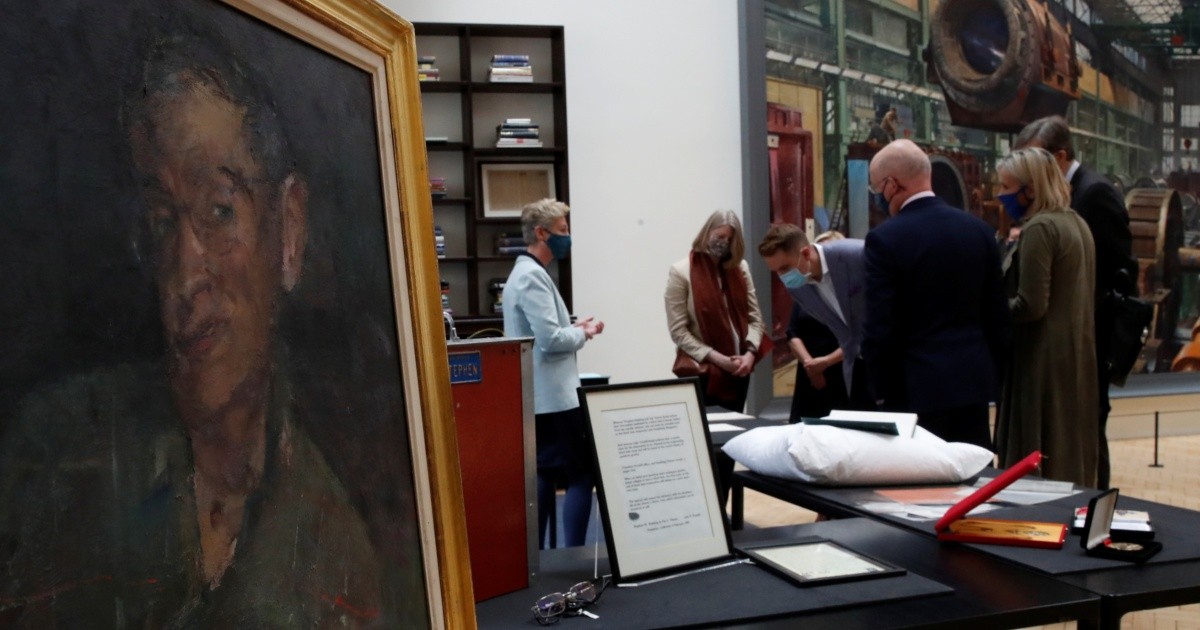Stephen Hawking’s office and archive will be transferred to their UK home

The British government has stated that the works of the late British scientist Stephen Hawking – from basic articles on theoretical physics to texts of “The Simpsons” – and things like his wheelchairs should be preserved.
Hawking, who received international recognition for his work on black holes, died in March 2018 at the age of 76, after spending his life researching the origins of the universe.
Since he was 21 years old, he has suffered from a motor neurone disease that made him sit in a wheelchair most of his life and forced him to use an electronic voice synthesizer.
Under the “acceptance of place” agreement announced Wednesday, his extensive archive of scientific and personal documents will go to the University of Cambridge library, where he used to live, while all the contents of his office will go to the collection of the Science Museum.
Tim, Hawking’s son, said, “It was very important to him in life that science was open to as many people as possible, that it was democratic and not remained in the hands of the elite.” “So I think this work will help – I hope it inspires – the next generation.”
Hawking rose to world fame after publishing a book, A Brief History of Time in 1988, which is one of the most complex books to have ever reached a mass audience.
But he also gained popular fame, having appeared himself in the TV series “Star Trek: Next Generation”, while a cartoon of him appeared in The Simpsons.
Its 10,000-page archive contains photos, papers, and correspondence, including letters from former US President Bill Clinton and his wife, Hillary.
Tim Hawking said, “At that time, I knew that my father had an intimate relationship with the Clintons, and because of his political orientation, he was always, I think, more in tune with Democratic presidents than with Republicans.” .
The Hawking Archive joins the Library’s archives of Isaac Newton and Charles Darwin, as well as their ashes, which were buried in Westminster Abbey in London among two other giants of British science.
The contents of his office, which include innovative wheelchairs, medals and memorabilia, will be kept in the Science Museum collection, with some items on display in the London Science Museum in early 2022.




